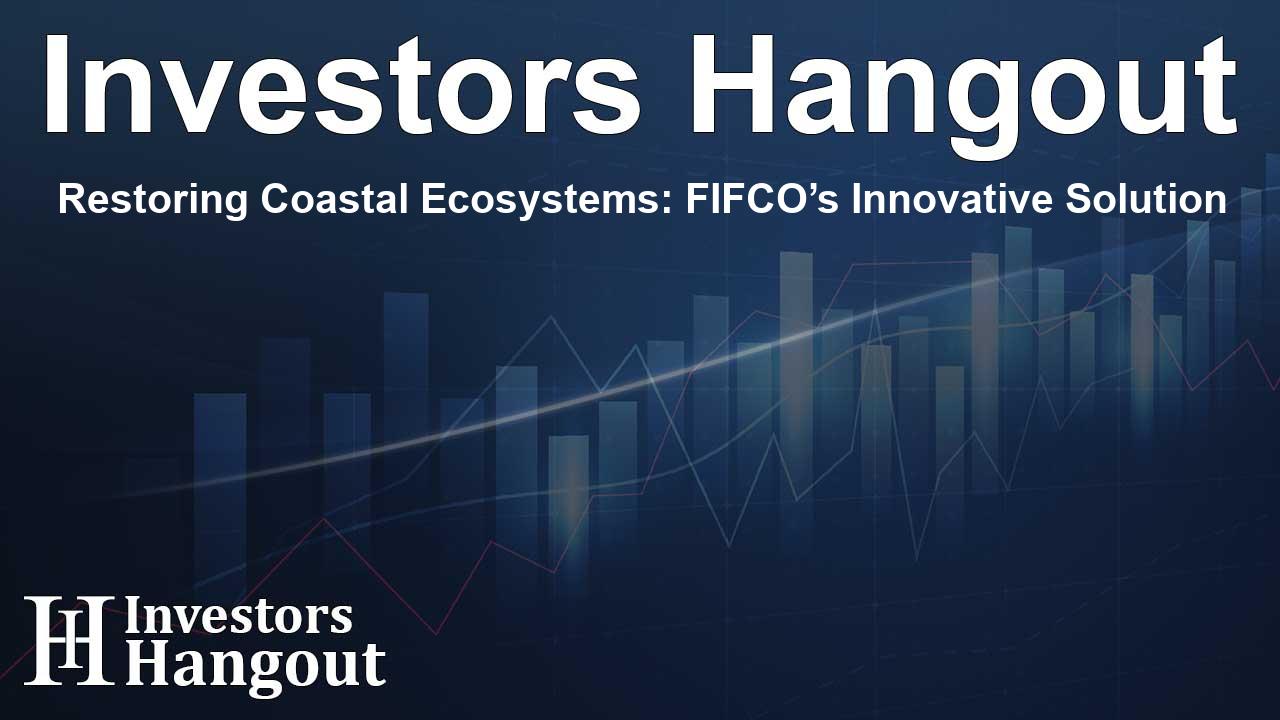Restoring Coastal Ecosystems: FIFCO’s Innovative Solution

Innovative Approaches to Environmental Restoration
Every year, a troubling average of six tons of seashells are confiscated at airports across Costa Rica due to tourism activity. This seemingly harmless practice is wreaking havoc on the country’s coastlines and marine ecosystems. Such actions can severely damage biodiversity and disrupt the delicate balance of coastal habitats. Recognizing the urgent need for a solution, FIFCO has taken innovative steps to address this environmental crisis through advanced technology.
The Introduction of AI in Conservation
The initiative, known as 'Back Home,' employs artificial intelligence to classify seashells accurately. This AI tool, available to the scientific community, can identify the origin of different seashell species, ensuring they are returned to their natural habitats through careful classification. Each shell represents a crucial piece of the ecosystem puzzle, and their return plays a significant role in restoring balance to coastal environments.
Understanding the Environmental Impact
A study from renowned research institutions highlighted the detrimental effects of seashell collection on coastal ecosystems, including degraded habitats and endangered marine species. The extraction of seashells has been linked to altered sediment stability and diminished resilience of coastlines amid climate change. Given these stark realities, the Back Home project emerges as a beacon of hope, highlighting the importance of reintroducing these shells safely.
Collaboration for Global Impact
The implementation of the Back Home project involves collaborations among FIFCO, government bodies, and educational institutions. By creating a worldwide replicable model, the project aspires to inspire similar initiatives globally. The commitment to restoring coastal ecosystems extends beyond mere technology; it's a holistic approach to education and awareness. The public is engaged through a platform featuring a documentary and educational resources aimed at promoting responsible behavior regarding seashell collection.
Successful Restoration Efforts
In an impressive achievement, over 36,000 seashells were successfully returned to their ocean habitats in the preceding year. This accomplishment not only cleared storage containers at local airports but also revolutionized Costa Rica's methods for handling surrenders from tourists. These efforts elevate the country’s environmental stewardship, showcasing how proactive measures can contribute significantly to restoration programs.
Educational Tools for a Sustainable Future
FIFCO has generously open-sourced its AI model’s code, enabling researchers and conservationists worldwide to tailor their own species classification tools. This kind of resource sharing encourages global partnerships and reflects a commitment to nurturing biodiversity. With the aid of technology and community involvement, VIFCO exemplifies how innovative solutions can help tackle pressing environmental issues.
The Role of Awareness in Conservation
Through the synergistic effects of technology and education, FIFCO's Back Home project contributes significantly to coastal restoration. Public awareness campaigns are vital to deter seashell extraction and promote responsible tourism practices. The involvement of the scientific community reinforces the need for a collaborative approach in addressing environmental challenges, drawing collective efforts toward the shared goal of sustainability.
Frequently Asked Questions
What is the Back Home project?
The Back Home project by FIFCO utilizes AI technology to classify and return confiscated seashells to their natural habitats.
How many seashells were returned through this project?
Over 36,000 seashells were successfully returned to their respective ecosystems in the last year.
What technology does FIFCO use for classification?
FIFCO employs an AI tool capable of identifying seashell species with over 90% accuracy based on photographs.
Why is returning seashells important?
Returning seashells helps restore marine ecosystems, promotes biodiversity, and contributes to the overall health of coastal environments.
How can the public contribute to conservation efforts?
Public involvement through education, responsible tourism practices, and awareness campaigns is vital to support conservation initiatives like the Back Home project.
About Investors Hangout
Investors Hangout is a leading online stock forum for financial discussion and learning, offering a wide range of free tools and resources. It draws in traders of all levels, who exchange market knowledge, investigate trading tactics, and keep an eye on industry developments in real time. Featuring financial articles, stock message boards, quotes, charts, company profiles, and live news updates. Through cooperative learning and a wealth of informational resources, it helps users from novices creating their first portfolios to experts honing their techniques. Join Investors Hangout today: https://investorshangout.com/
Disclaimer: The content of this article is solely for general informational purposes only; it does not represent legal, financial, or investment advice. Investors Hangout does not offer financial advice; the author is not a licensed financial advisor. Consult a qualified advisor before making any financial or investment decisions based on this article. The author's interpretation of publicly available data presented here; as a result, they should not be taken as advice to purchase, sell, or hold any securities mentioned or any other investments. If any of the material offered here is inaccurate, please contact us for corrections.